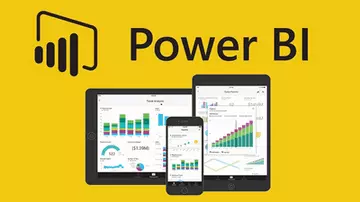Call NOW | Milton Keynes Accountant & Tax Advisors

Looking for an accountant ?
Your search is over. Please contact Faraday Keynes Ltd, we are the best Online Accountant in Milton Keynes & UK
* Required Fields
#First recorded use of a zero-like symbol dates to sometime around the third century B.C. in ancient Babylon. These early counting systems only saw the zero as a placeholder—not a number with its own unique value or properties. A full grasp of zero’s importance would not arrive until the seventh century A.D. in India. There, the mathematician Brahmagupta and others used small dots under numbers to show a zero placeholder, but they also viewed the zero as having a null value, called “sunya.” Brahmagupta was also the first to show that subtracting a number from itself results in zero. From India, the zero made its way to China and back to the Middle East, where it was taken up by the mathematician Mohammed ibn-Musa al-Khowarizmi around 773. It was al-Khowarizmi who first synthesized Indian arithmetic and showed how the zero could function in algebraic equations, and by the ninth century the zero had entered the Arabic numeral system in a form resembling the oval shape "0" we use today.
The zero continued to migrate for another few centuries before finally reaching Europe sometime around the 1100s. Thinkers like the Italian mathematician Fibonacci helped introduce zero to the mainstream, and it later figured prominently in the work of Rene Descartes along with Sir Isaac Newton and Gottfried Leibniz’s invention of calculus. Since then, the concept of “nothing” has continued to play a role in the development of everything from physics and economics to engineering and computing.
You can also chat with us online or drop us a message offline.





